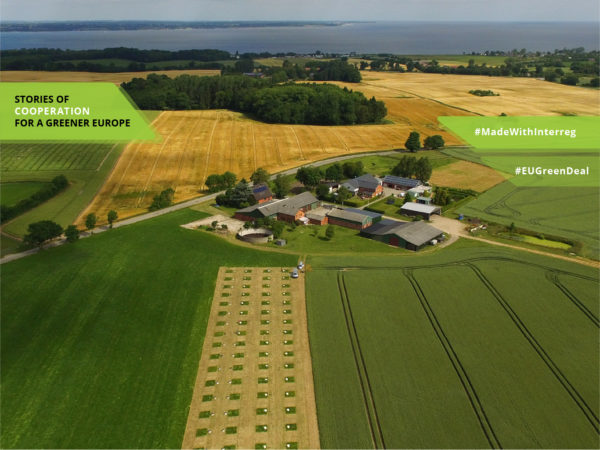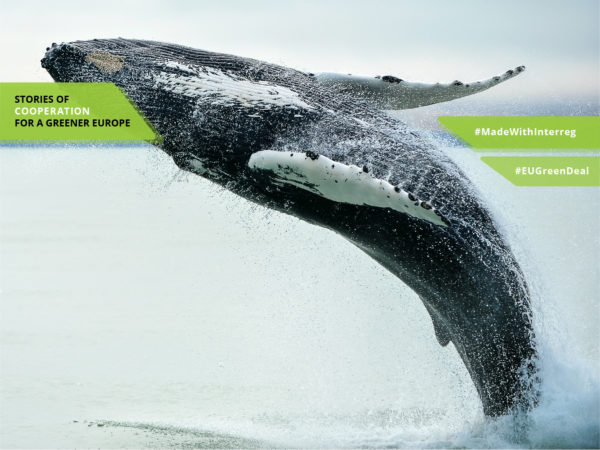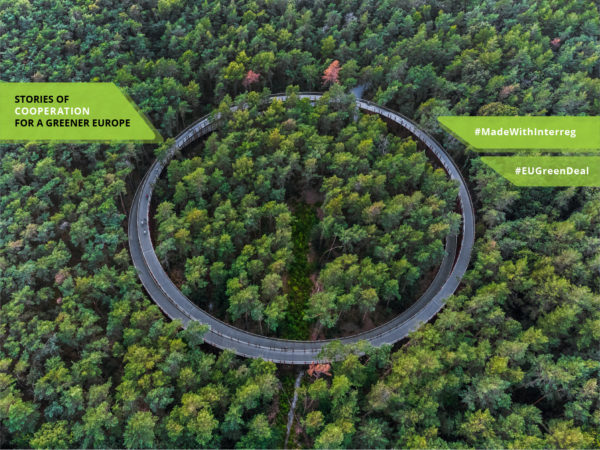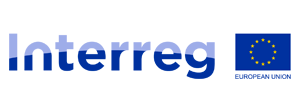Driving a tox-free Europe
Professor Jeanette Rotchell and environmentalist Heidrun Fammler both battle hazardous chemicals for a living. With support from Interreg, they are spearheading new ways to make our lives toxic free.
From toothpaste to toys, hazardous substances are everywhere around you. They are present in your home, your school, and your workplace, wreaking all kinds of havoc. They can make you itch or sneeze, harm your fertility, or even cause serious illness. And all too often, they get flushed into waterways where they go on to damage wildlife and contaminate your drinking water.
The EU has laws in place to protect citizens against them, for example the REACH regulation. With the EU Chemicals Strategy – a part of the EU Green Deal – the EU is taking its efforts to the next level. Yet, hazardous waste is still on the rise and 90% of Europeans worry about chemicals in their everyday lives. In short, hazardous substances are a big and persistent problem. But to Heidrun Fammler, this only means there is all the more reason to address it.
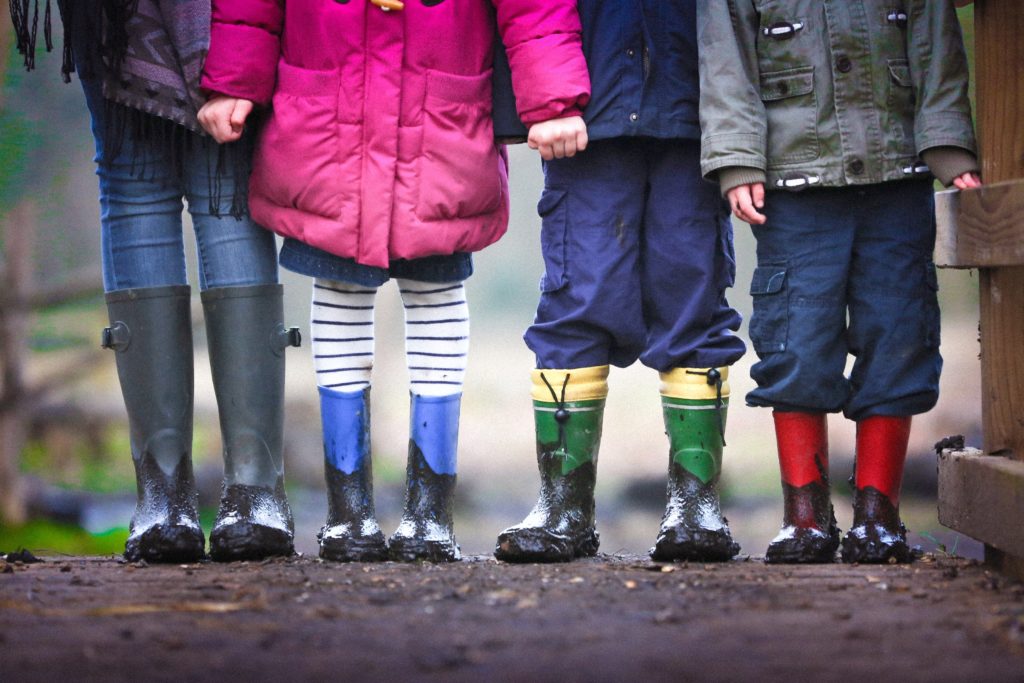
Inspired by Stockholm
Heidrun Fammler has been a dedicated environmentalist for 35 years. A founder of the non-profit Baltic Environmental Forum, she helped implement environmental policies in the Baltic States. Now she is greening Hamburg, where she lives, and other partner cities in the Interreg project NonHazCity.
“I was fascinated by the municipality of Stockholm, which pioneered work on hazardous substances by doing it on a very local level”, says Fammler. “I thought, let’s make it a blueprint for the whole Baltic Sea region!” So, she encouraged Stockholm to lead a transnational initiative to share their best practice with others. Partners from eight countries around the Baltic Sea joined in to help municipalities, businesses, and citizens change their buying and consumption patterns.
Doors open to Interreg
Around half of the hazardous chemicals discharged to the Baltic Sea come from municipal sewers – and this means from small businesses and households. “We need to empower people to reduce hazardous substances before they even enter the environment!” says Fammler.
Household checks proved to be a powerful tool. “We visited 60 households in 6 countries to help residents discover products with harmful ingredients and find better alternatives. In a follow-up visit, they showed us what non-toxic detergents they buy and what other kitchenware they use instead of non-stick pans or plastic food containers”.
Katharina Borger from Hamburg (Germany) was surprised to learn that hazardous substances are hiding in her curtains, carpets, and furniture. “I pay more attention to what I buy now, especially when it comes to cleaning products and cosmetics”.
The home owners not only agreed to open their homes to Interreg, some also provided urine samples to see how their bodies were affected. Tests showed their simple lifestyle changes had resulted in reduced levels of bisphenol A, phthalates and nonylphenol.
More than 15,000 inhabitants learned how to green their lives at face-to-face events and 150,000 through social media. Encouraged by the results of NonHazCity, Heidrun now continues her mission with a pink inflatable flamingo bath toy, a project mascot illustrating how seemingly innocent products can in fact be quite harmful. Go on a plastic diet with Heidrun and NonHazCity!
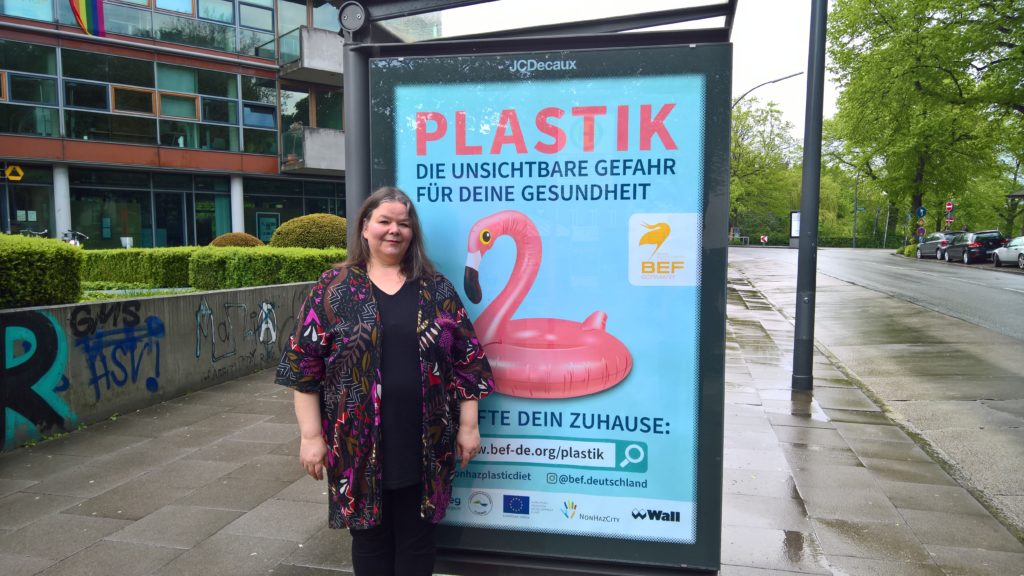
Empowering municipalities and businesses
The first person to have his home checked was Silver Smeljanski, now deputy mayor in Pärnu (Estonia): “This was eye-opening. After the visit I definitely think before I buy products, and I look closely what I buy. The knowledge from NonHazCity also helps me take a broader view of hazardous chemicals. As a deputy major in Pärnu, I can use this to direct changes and put focus on reducing the chemicals in my city.”
Turku (Finland), Riga (Latvia), Silale (Lithuania) and Gdańsk (Poland) also developed chemical plans, whereas Stockholm and Västerås (Sweden) updated existing ones. Riga even appointed a full-time chemicals coordinator. The municipalities are now better equipped to address chemicals in wastewater, sewage sludge and storm water. A further 200 municipalities learned about their experiences.
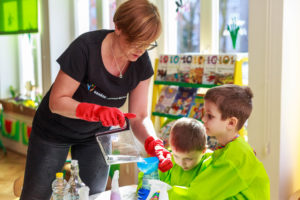
“Small businesses like many hotels or hairdressers are often not aware of hazardous substances they use”, Fammler explains. NonHazCity worked with 40 companies, from an end-of-life vehicle management company in Turku to private kindergartens in Riga and an IT company in Gdansk. A further 340 business organisations attended training, and more than 3,500 companies received information on how to avoid hazardous chemicals in business operations.
Fighting invisible threats
Raising buyer awareness can clearly help, however hazardous chemicals already infest our environment, and more are released every day. There is a great need to manage chemicals on the loose.
This is something that Professor Jeanette Rotchell, a toxicologist at the University of Hull, is passionate about. “I love to study poisons and how things die. It really captures my imagination!”, she says enthusiastically. For over twenty years, she has explored environmental contaminants and how they affect wildlife.
She leads the Interreg project Sullied Sediments where 24 partners are addressing harmful substances found in sediments at the bottom of inland waterways such as rivers and canals.
As long as they are buried in the mud, these chemicals are largely unavailable and do not cause much harm. They can stay like that for a very long time, explains Rotchell. “We still find residues of contraceptive pills used in the 50s!”
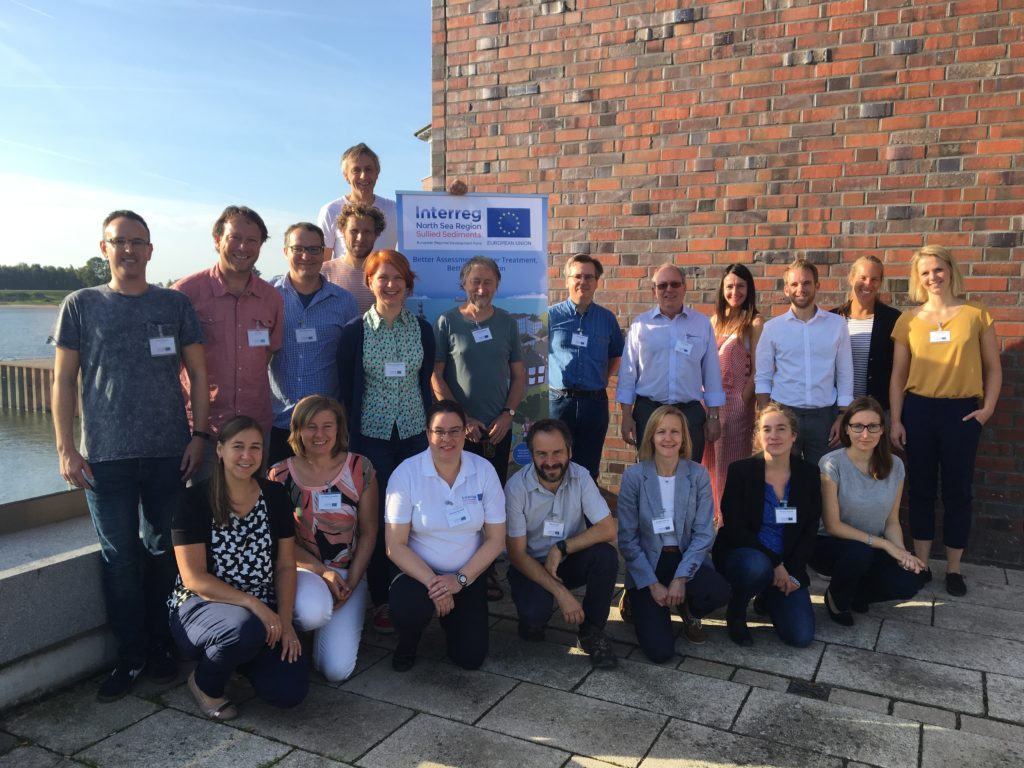
However, this does not mean the toxic chemicals are safely locked away forever. In fact, they can be more accurately described as environmental time bombs just waiting to go off. If the sediments are disturbed, for example by floods, the chemicals will re-enter the water and become harmful once again. The bad news is that global heating is causing more flooding episodes.
Getting to grips with the problem
The Sullied Sediments partners focus mainly on EU Watch List chemicals such as triclosan – primary suspects of hormone disruption and other serious health issues. Very little is known about them. Rotchell’s team have therefore developed methods for detecting them in waterways and sediments, and are collecting data from nine catchments across the North Sea Region.
Managed by Hamburg University of Applied Sciences, the project has created an open database with all the results. “I am very proud of the database because this is a game-changer. It’s a dream resource for anyone working with catchments and nothing else like it has been done on this scale before”, says Rotchell.

A dip in the river
The team also engaged citizens in collecting data and raising awareness of chemical pollution. To this end, they developed the RiverDip pad – a simple paper device that detects phosphate and reads results via a colour change. Volunteers are trained to use the pads and the custom-made RiverDip app to report their findings online. A popular website is a key tool in attracting and informing volunteers.
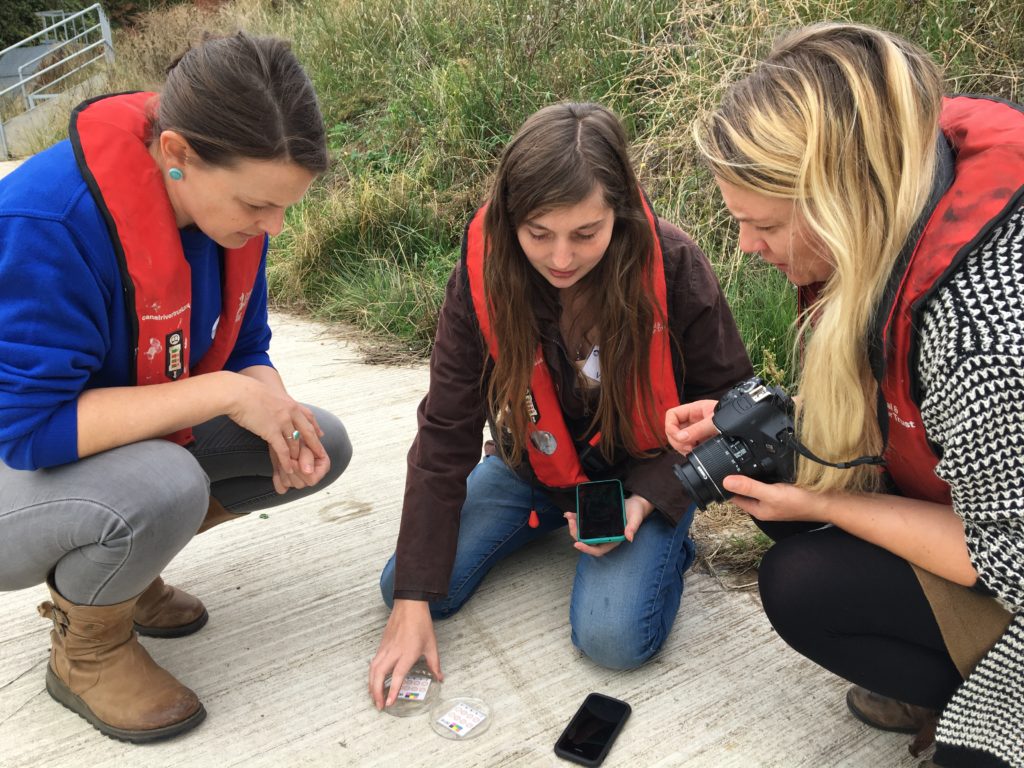
Around 200 citizens have so far collected data from rivers in Belgium, Germany, the Netherlands and the UK, despite setbacks caused by the COVID-19 pandemic.
We were absolutely amazed at the interest from citizens. We even had to put volunteers on a waiting list!
Based on great interest in volunteering, the use of the app is set to expand in the next years. “We were absolutely amazed at the interest from citizens. We even had to put volunteers on a waiting list!”, says Annabel Hanson, leader of the RiverDip citizen science initiative.
A detox cure for nature
The project also discovered a new, low-cost technology using modified spores from mosses. Rotchell has high hopes for the method: “In the lab, it removes 95% of phosphate and 80% of other harmful chemicals such as triclosan, diclofenac and estradiol. So there is proof of principle and we cannot wait to test it in the natural environment. We had to postpone this step due to the pandemic”. The spore technology was presented at the American Chemical Society’s National Meeting in 2019 and has been covered by Forbes.
From hazardous to healthy living
Both projects have spread their ideas beyond Europe. For example, partners in two municipalities in Belarus and the municipality of St. Petersburg (Russia) are now applying NonHazCity best practices. And Heidrun Fammler’s plans, of course, do not stop there: “Next, we need to focus on green, chemical-smart procurement and eco-labelling”, she ventures.
Meanwhile, Rotchell’s colleague Professor Nicole Pamme has adapted the RiverDip for use in soils and now works with partners in Kenya and Vietnam to help farmers improve their fertilising practices, saving costs and preventing nutrient runoff. ”These problems are basically the same around the world, so it could work in many other places,” she notes. Work is also under way adapting the RiverDip to detect heavy metals.
Creating a zero-pollution Europe is a massive task. But when dedicated people work together across borders, solutions emerge that make the journey a whole lot easier. A toxic-free world is within reach, providing we all do our bit to help.
Learn more about the projects featured in the article
- The NonHazCity project
- To learn how to avoid the threats of plastic for you and the environment, join the NonHazCity Plastic Diet
- NonHazCity Think Before guidance
- The Sullied Sediments project
- Sullied Sediments explainer video
- Sullied Sediments volunteer website
The authors
Anna Gałyga works as a Communication Officer at the Interreg Baltic Sea Region Programme
Sofie Forfang, works as a Communication Advisor a the Interreg North Sea Region Programme
This article is part of a series on how transnational cooperation contributes to the EU Green Deal. Click here to see all stories.

